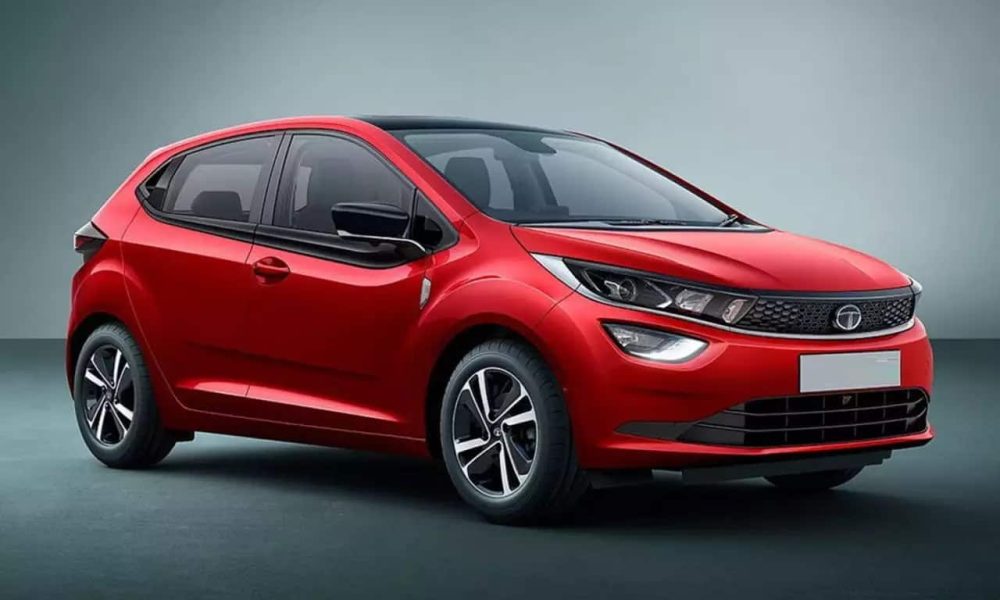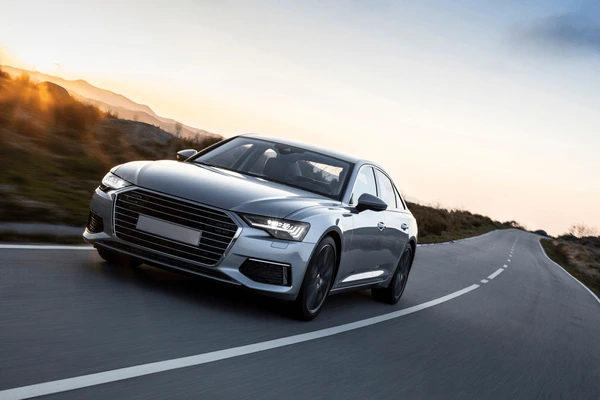Car design is a constantly evolving field, shaped by technological advancements, environmental demands, and shifting consumer preferences. In 2024, the automotive industry is experiencing significant transformations, with new trends redefining the look, feel, and functionality of vehicles. From sustainability to futuristic aesthetics, car design is entering an exciting era. Let’s take a closer look at the trends driving the evolution of car design in 2024.
The Rise of Sustainable Design
Sustainability has become a primary focus for automakers, driven by both consumer demand and regulatory pressure to reduce carbon emissions. One of the key trends in car design for 2024 is the use of eco-friendly materials. Manufacturers are increasingly opting for sustainable alternatives to traditional materials, such as vegan leather, recycled plastics, and organic textiles.
For example, companies like BMW and Audi are introducing interiors made from recycled ocean plastics and natural fibers. These materials not only reduce environmental impact but also offer a premium, modern aesthetic that appeals to environmentally conscious consumers. Beyond materials, automakers are also embracing sustainable design by creating more aerodynamic and energy-efficient vehicle shapes to complement the rise of electric vehicles (EVs).
Electric Vehicles Leading the Charge
With electric vehicles taking center stage, car design in 2024 is heavily influenced by the specific requirements of EV technology. The absence of a traditional internal combustion engine (ICE) opens up new possibilities for designers. EV platforms allow for a more spacious interior, offering designers greater freedom to innovate with cabin layouts.
Moreover, sleek, futuristic designs are becoming the hallmark of EVs. Without the need for a large front grille to cool the engine, designers are opting for smooth, streamlined front ends that enhance aerodynamics. This trend is exemplified in vehicles like the Tesla Model S and the Lucid Air, which boast minimalist, clean lines that emphasize both form and function.
Minimalist Interiors and Digital Cockpits
In 2024, car interiors are taking a more minimalist approach, focusing on simplicity, clean lines, and seamless integration of technology. Traditional buttons and knobs are being replaced by touchscreens and haptic feedback systems. This shift is part of a broader movement towards digital cockpits, where the entire driving experience is controlled through digital interfaces.
Automakers like Mercedes-Benz and Tesla are leading the charge with large, integrated screens that dominate the dashboard. The 2024 Mercedes-Benz EQS, for example, features the “Hyperscreen,” a massive curved display that spans the entire width of the dashboard, offering intuitive controls for everything from navigation to climate control. This trend reflects the increasing importance of user experience in car design, as drivers expect their vehicles to offer a seamless blend of technology and comfort.
Autonomous Driving and New Design Opportunities
The rise of autonomous driving technology is also influencing car design in 2024. As vehicles become more self-reliant, designers are reimagining the interior space to accommodate new use cases. Autonomous vehicles (AVs) are seen as an opportunity to create mobile living rooms or workspaces, where passengers can relax, work, or entertain themselves while the car drives autonomously.
This shift is evident in concept cars from companies like Audi and Volvo, which feature lounge-like interiors, swivel seats, and retractable steering wheels. These designs prioritize passenger comfort and flexibility, anticipating a future where driving becomes secondary to other activities within the vehicle.
Bold Color Choices and Customization
While car colors have traditionally remained conservative, 2024 is seeing a shift towards bold, vibrant color choices. Consumers are increasingly interested in expressing their individuality through personalized car designs. Automakers are responding by offering a broader range of customizable options, including unique color palettes, two-tone finishes, and eye-catching details like colored trims and contrasting rooflines.
Brands like BMW and Mini are leading this customization trend, offering customers the ability to personalize their vehicles with custom colors, patterns, and even personalized decals. This movement towards greater personalization reflects a broader trend in the automotive industry where cars are seen not just as transportation but as an extension of personal style.
The Role of 3D Printing in Car Design
Another trend shaping car design in 2024 is the use of 3D printing technology. 3D printing allows automakers to rapidly prototype new designs, create custom parts, and even produce entire vehicle components. This technology is particularly useful for creating lightweight, complex shapes that would be difficult or impossible to manufacture using traditional methods.
Automakers like Porsche and Bugatti are already experimenting with 3D-printed components to enhance performance, such as lightweight suspension parts and aerodynamic body panels. As 3D printing technology becomes more advanced and accessible, it’s likely to play an even larger role in the future of car design, offering new possibilities for customization and performance optimization.


